The Ultimate Guide To Companion Gardening With Potatoes
The Ultimate Guide to Companion Gardening with Potatoes
Potatoes are a delicious and versatile vegetable that can be grown in many different climates. But did you know that companion planting can help you grow healthier and more productive potato plants?
Companion planting is the practice of planting different types of plants together in order to benefit each other. Some plants attract beneficial insects, while others help to suppress weeds or improve soil health. By planting the right companion plants with your potatoes, you can help to improve their overall health and yield.
In this guide, we will discuss the benefits of companion planting with potatoes, and we will recommend some of the best companion plants for potatoes. We will also provide some tips on how to plant and care for your potato plants.
Benefits of Companion Planting with Potatoes
There are many benefits to companion planting with potatoes. Some of the most important benefits include:
- Improved pest control: Companion plants can help to attract beneficial insects that prey on pests that damage potato plants. For example, nasturtiums attract ladybugs, which eat aphids.
- Reduced weed growth: Some companion plants, such as marigolds, help to suppress weed growth. This can help to save you time and effort in the garden.
- Improved soil health: Companion plants can help to improve soil health by adding nutrients, improving drainage, and suppressing diseases. For example, legumes, such as beans and peas, fix nitrogen in the soil, which can benefit potato plants.
- Increased yields: Companion planting can help to increase potato yields. This is because companion plants can help to improve the overall health and productivity of the potato plants.
Best Companion Plants for Potatoes
There are many different companion plants that can be grown with potatoes. Some of the best companion plants for potatoes include:
- Beans: Beans fix nitrogen in the soil, which can benefit potato plants.
- Cabbage family plants: Cabbage family plants, such as broccoli, cauliflower, and kale, have shallow root systems that won't compete with the deep roots of potato plants.
- Chives: Chives repel pests such as aphids and beetles.
- Lettuce: Lettuce helps to suppress weeds and improve soil health.
- Marigolds: Marigolds attract beneficial insects that prey on pests that damage potato plants.
- Nasturtiums: Nasturtiums attract beneficial insects that prey on pests that damage potato plants. They also help to suppress weed growth.
- Onions: Onions repel pests such as aphids and beetles.
- Peas: Peas fix nitrogen in the soil, which can benefit potato plants.
- Spinach: Spinach helps to suppress weeds and improve soil health.
Tips for Planting and Caring for Potato Companion Plants
When planting companion plants with potatoes, it is important to consider the size and growth habit of each plant. For example, you would not want to plant a tall plant, such as corn, next to a short plant, such as lettuce. This is because the tall plant would shade the shorter plant and prevent it from getting enough sunlight.
It is also important to plant companion plants that have similar water and fertilizer requirements. This will help to ensure that all of the plants in your garden are getting the resources they need to thrive.
Conclusion
Companion planting is a great way to improve the health and productivity of your potato plants. By planting the right companion plants, you can help to attract beneficial insects, suppress weeds, and improve soil health. This will lead to healthier plants, higher yields, and less work for you.
Companion gardening is a great way to improve the health and productivity of your garden. By planting certain plants together, you can attract beneficial insects, deter pests, and improve soil health.
Potatoes are a great candidate for companion gardening. They benefit from being planted near plants that have different root systems and nutrient requirements. For example, planting potatoes near beans and peas can help to improve the nitrogen levels in the soil. Cabbage family plants, such as broccoli, cauliflower, and kale, can also be good companions for potatoes. These plants have shallow root systems that will not compete with the potatoes for water and nutrients.
Flowers can also be beneficial companions for potatoes. Marigolds and nasturtiums are two flowers that are known to attract beneficial insects, such as ladybugs and lacewings. These insects can help to control pests that can damage potato plants.
If you are interested in learning more about companion gardening with potatoes, I recommend visiting Gardenia Inspiration. This website has a wealth of information on the topic, including a list of recommended companion plants, tips for planting and caring for potatoes, and information on how to prevent pests and diseases.
FAQ of companion gardening potatoes
Q: What are some good companion plants for potatoes?
A: Some good companion plants for potatoes include:
- Nasturtiums: Nasturtiums are a great companion plant for potatoes because they help to deter pests, such as aphids and beetles. They also attract beneficial insects, such as ladybugs and hoverflies.

- Beans: Beans fix nitrogen in the soil, which can benefit potatoes. They also help to suppress weeds.
-(2).jpg)
- Carrots: Carrots help to repel the Colorado potato beetle, a major pest of potatoes.
- Cucumbers: Cucumbers help to attract pollinators, which can help to improve the yield of potatoes.

- Marigolds: Marigolds help to repel nematodes, which can damage potato roots.
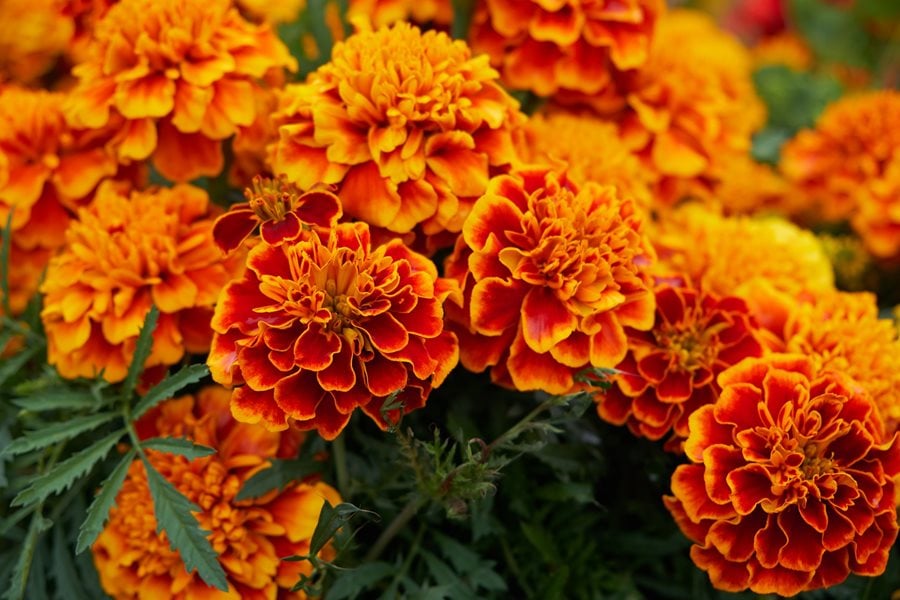
Q: What plants should I avoid planting near potatoes?
A: Some plants that you should avoid planting near potatoes include:
- Tomatoes: Tomatoes and potatoes are both susceptible to the same pests and diseases, so planting them together can increase the risk of infection.
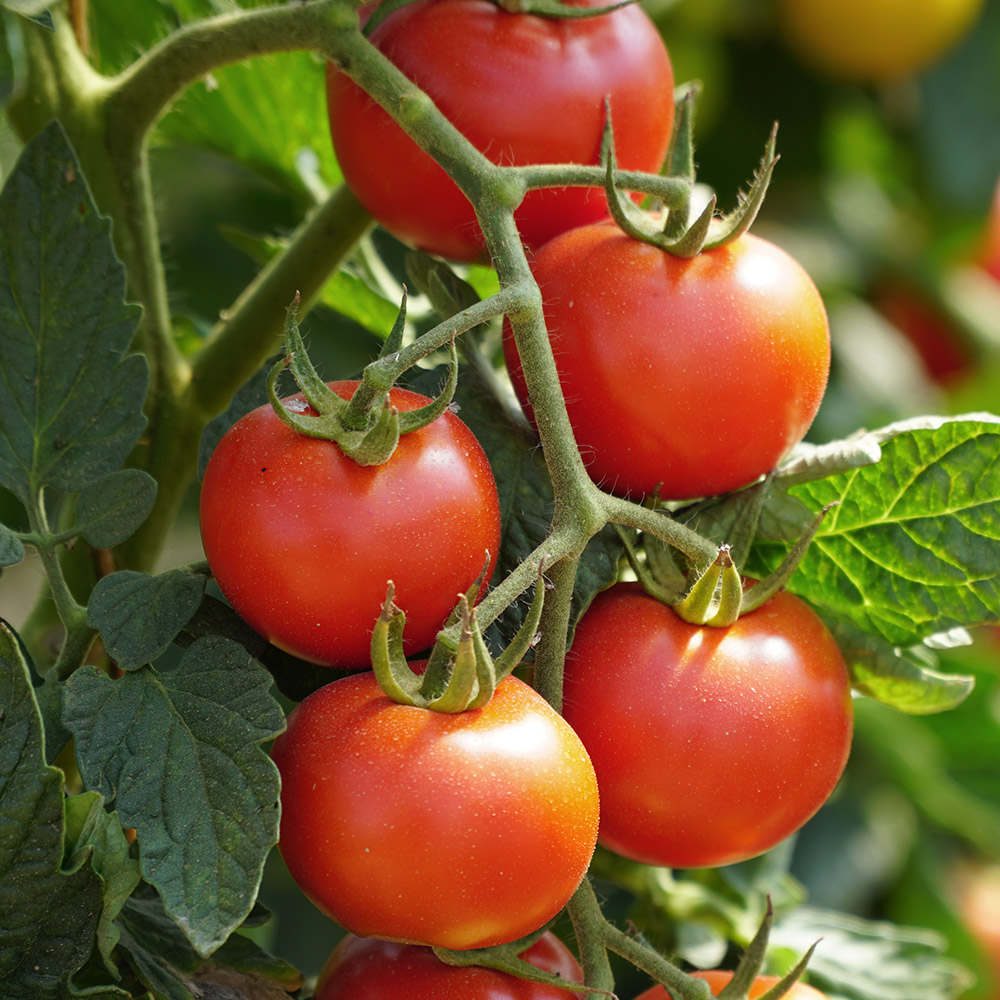
- Eggplants: Eggplants are also susceptible to the same pests and diseases as potatoes, so it is best to avoid planting them together.
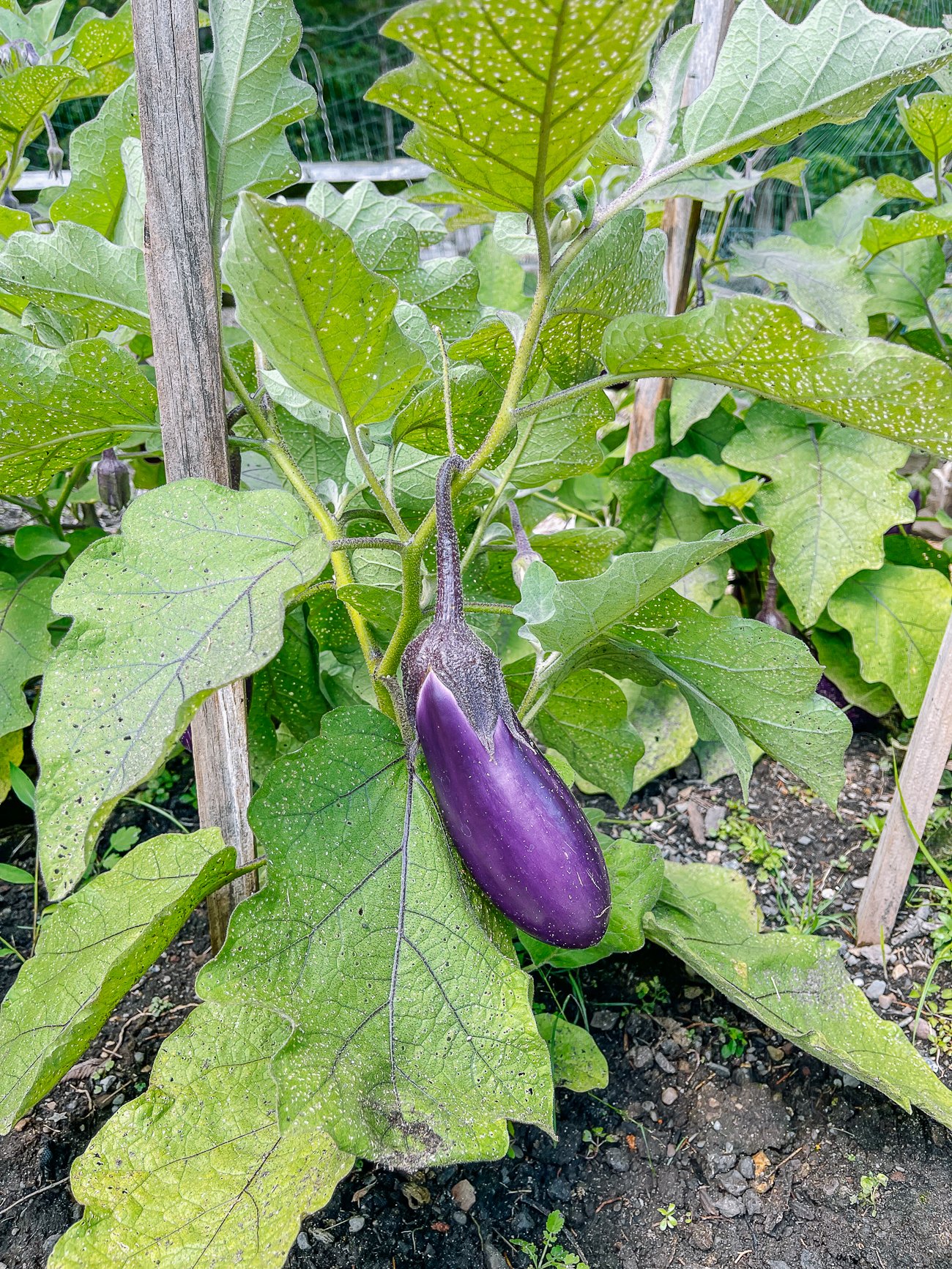
- Peppers: Peppers are susceptible to the same pests and diseases as potatoes, so it is best to avoid planting them together.
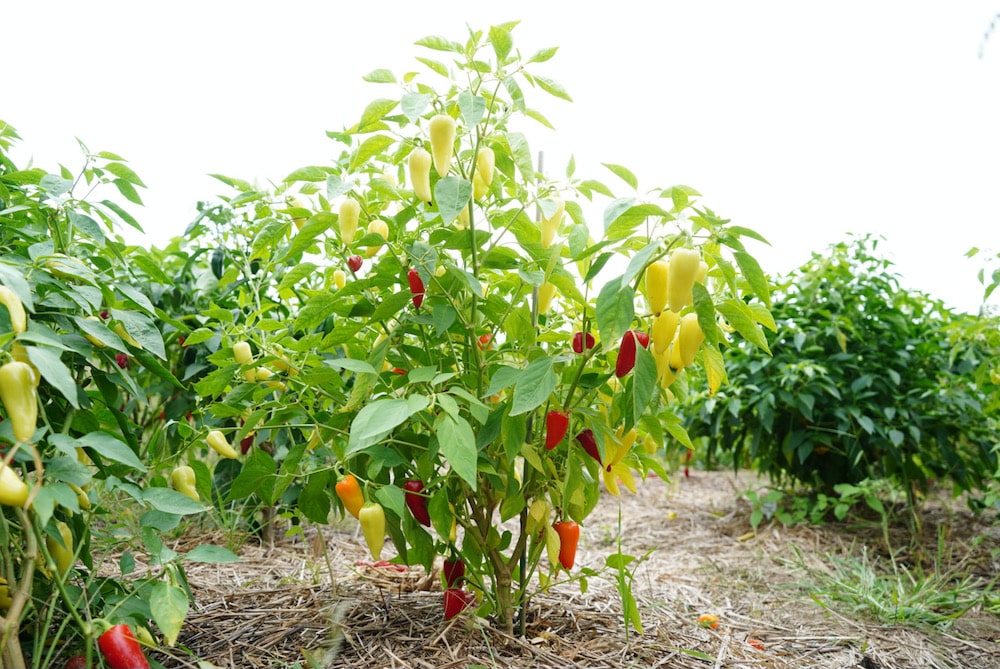
- Cucumbers: Cucumbers can compete with potatoes for water and nutrients.
- Onions: Onions can suppress the growth of potatoes.
- Fennel: Fennel can repel beneficial insects that are important for pollinating potatoes.
Q: What should I do before planting potatoes?
A: Before planting potatoes, you should:
- Test your soil: To determine the pH level of your soil and make sure that it is suitable for growing potatoes.
- Add compost or manure: To improve the fertility of your soil.
- Remove weeds: To prevent weeds from competing with your potatoes for water and nutrients.
- Prepare the planting bed: The planting bed should be loose and well-drained.
Q: How do I plant potatoes?
A: To plant potatoes, you should:
- Plant the potatoes 3-4 inches deep and 12-18 inches apart.
- Water the potatoes well after planting.
- Mulch around the potatoes to help retain moisture and suppress weeds.
- Fertilize the potatoes every 4-6 weeks with a balanced fertilizer.
Q: How do I harvest potatoes?
A: Potatoes are ready to harvest when the foliage starts to die back. To harvest potatoes, you should:
- Loosen the soil around the potatoes with a garden fork.
- Gently lift the potatoes out of the soil.
- Allow the potatoes to dry in the sun for a few hours before storing them.
Image of companion gardening potatoes
5 different images of "companion gardening potatoes" from Pinterest:
- Nasturtiums are a great companion plant for potatoes because they help to deter pests. The pungent smell of nasturtiums is said to repel aphids, beetles, and other insects that can damage potato plants.
- Marigolds are another good choice for companion planting with potatoes. They help to attract beneficial insects, such as ladybugs and hoverflies, which prey on pests that can harm potato plants.
- Cilantro is a herb that is known to improve the flavor of potatoes. It also helps to repel pests, such as aphids and spider mites.
- Beans are a good companion plant for potatoes because they help to fix nitrogen in the soil. This means that the beans can provide the potatoes with the nitrogen they need to grow healthy and strong.
- Leeks are a shallow-rooted vegetable that does not compete with potatoes for space or nutrients. They also help to repel pests, such as carrot fly and aphids.


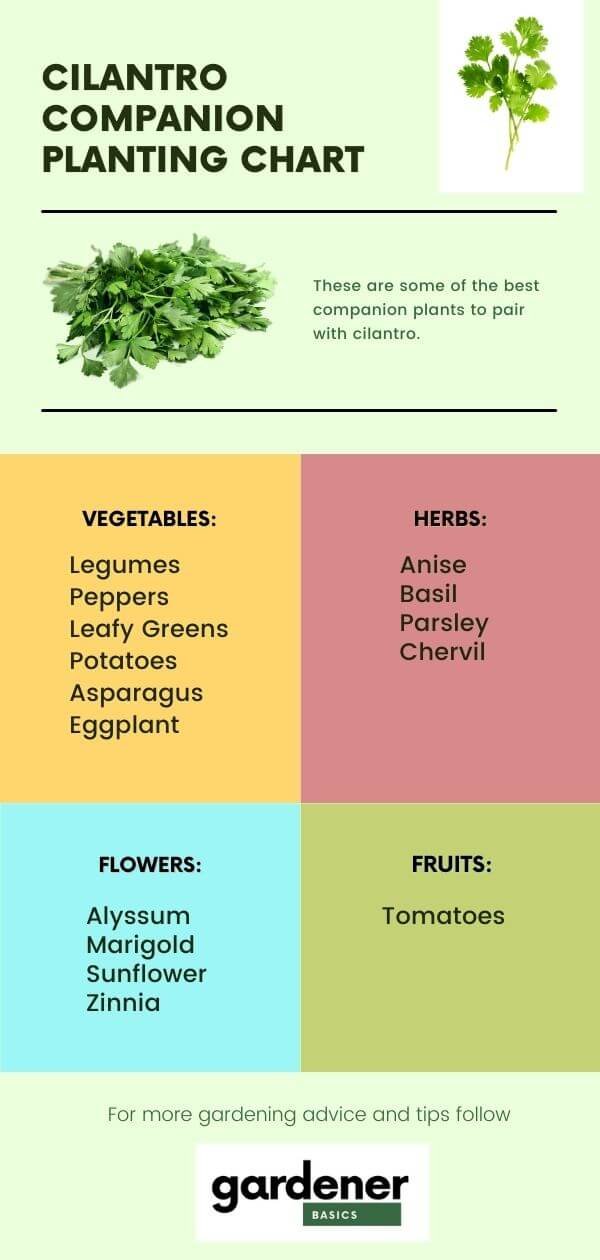


Post a Comment for "The Ultimate Guide To Companion Gardening With Potatoes"